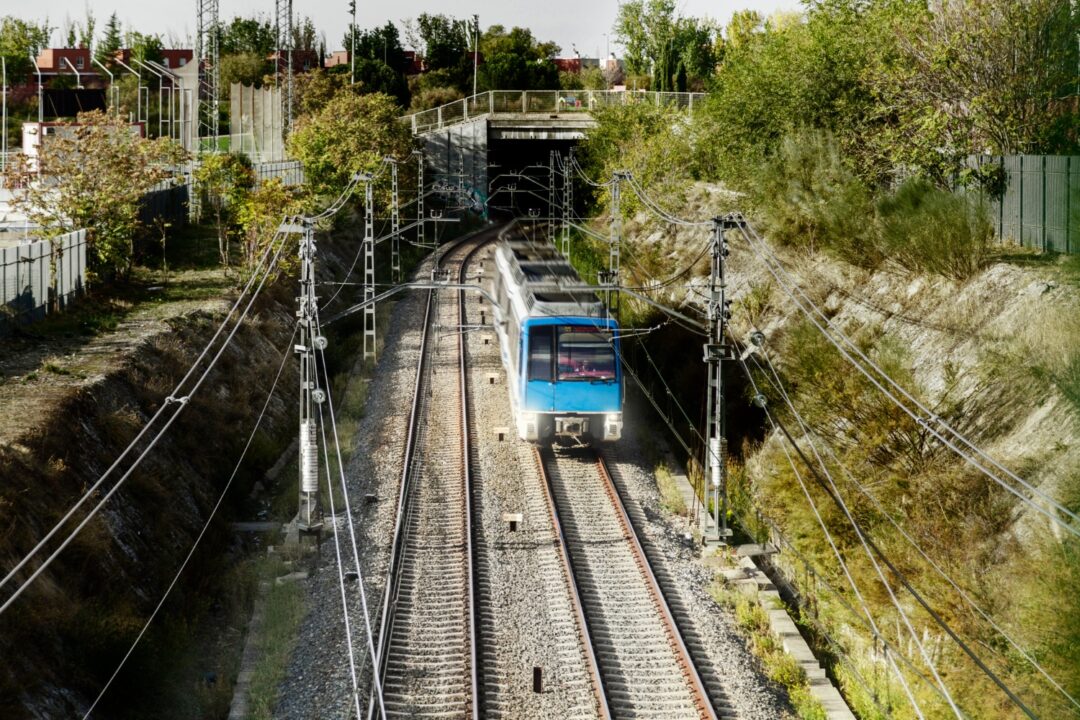Introduction
As the impacts of climate change continue to pose significant challenges for infrastructure maintenance, Network Rail unveils its comprehensive spending plans for Control Period 7. Spanning from April 2024 to March 2029, this ambitious five-year strategy places a strong emphasis on addressing climate-related issues affecting vital components such as drains, cuttings, and embankments. With an allocated budget of £45.4 billion, Network Rail aims to sustainably operate, maintain, and renew its extensive network, encompassing 20,000 miles of track, 30,000 bridges, tunnels, and viaducts, as well as a multitude of signals, level crossings, and stations.
In this article, we delve into Network Rail’s strategic approach to combatting climate change while ensuring the resilience and reliability of the UK’s rail infrastructure for years to come.
Where is the funding coming from?
The funding for Network Rail’s ambitious spending plans primarily stems from multiple sources, reflecting a diverse financial landscape. The Department for Transport (DfT) shoulders a substantial portion of the financial burden, contributing £27.5 billion towards the allocated budget. Transport Scotland (TS) is committing £2.3 billion to support Network Rail’s initiatives within their jurisdiction. In addition to governmental contributions, access charges levied on train and freight operators contribute significantly, amounting to £13.8 billion. Network Rail further supplements its funding through commercial income streams, generating £1.7 billion.
What will the funding be spend on?
The funding has been divided into categories which are as follows:
- Operations (£4.4bn)
- Support (£5.3bn)
- Maintenance (£12.6bn)
- Renewals (£19.3bn)
- Industry costs (£2.0bn)
- Risk Funding (£1.8bn)
When the Statement of Funds was first announced the figures demonstrated that CP7 (2024-2029) had a small real terms increase in funding than CP6 (2019-2024). However, recent inflation means that Network Rail now has slightly less funding in real terms than it did in CP6.
How can we help?
Hawsons has a dedicated team of specialist transport and logistics accountants in Sheffield, Doncaster, and Northampton.
We act for a large number of clients in this sector across our three offices, ranging from hauliers to international couriers, and understand the challenges this dynamic sector faces.
Nearly every other commercial sector is reliant on the services transport and logistic businesses provide and, in many ways, this specialist sector is the linchpin for our country’s economy.
With our experience in the transport and logistics sector we are able to develop a close understanding of your business and, through active year round involvement, we can help you anticipate and deal with challenges quickly and effectively.
More from our transport and logistics experts
You can find all of our latest transport and logistics sector news and newsletters here.
If you are looking for advice in a particular area, please get in touch with your usual Hawsons contact.
Alternatively, we offer all new clients a free initial meeting to have a discussion about their own personal circumstances – find out more or book your free initial meeting here. We have offices in Sheffield, Doncaster and Northampton.
More similar content
Truck stops to be upgraded
Introduction Truck stops across England are set to undergo a significant upgrade, thanks to a collaborative effort between industry players and the government. With a combined investment of £16.5 million, 38 HGV rest areas will see substantial improvements aimed at...
Digital skills gap found in the logistics sector
Introduction As the world becomes increasingly digitised, industries are facing a pressing need to adapt to technological advancements. The logistics sector, a cornerstone of the UK economy, is no exception. Recent findings from a report by Neos Networks have unveiled...
UK firms failing to digitise their supply chain
A recent survey of businesses containing 250 UK and 250 US respondents firms found that only 61% of UK firms recognised the importance of connecting disparate supply chain data and 20% said they were not using supply chain data at all. Data disparity can come on a...





